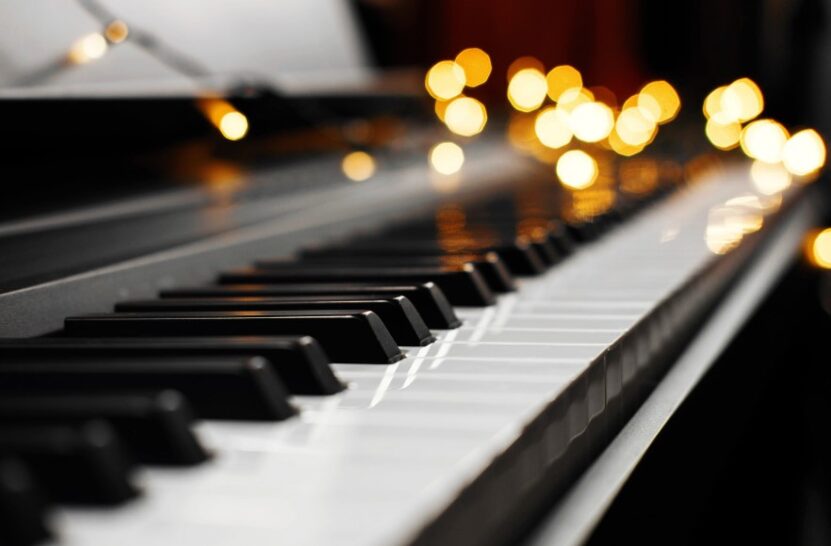The piano, an acoustic, stringed musical instrument invented in Italy at the beginning of the 18th century, has become a cornerstone in classical and contemporary music. Its design has evolved over the centuries, leading to variations in the number of keys.
The Standard Count
The modern piano typically comes with 88 keys, a standard established by Steinway & Sons in the late 19th century. This configuration includes 52 white keys and 36 black keys, spanning seven octaves plus a minor third, from A0 to C8. This range allows for a wide spectrum of musical expressions and is embraced by most composers and pianists.
Variations Across Models
While 88 keys are standard, pianos with different key counts exist. Smaller keyboards start at 25 keys, primarily for educational use or portability. Concert grand pianos, on the other hand, may extend to 97 keys, as seen in models by Bösendorfer, providing additional bass range. The number of keys influences the repertoire a pianist can perform and the instrument’s versatility.
Long and Glamorous History
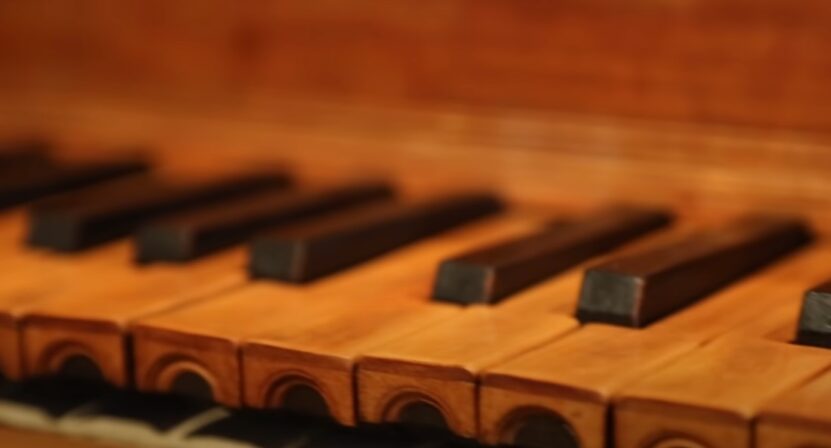
The piano’s journey began as an improvement over its predecessors, the harpsichord and the clavichord. Its ability to produce sound dynamically transformed the landscape of music composition and performance.
Early Stages
The earliest version of the piano was created by Bartolomeo Cristofori around 1700. His “gravicembalo col piano e forte” offered a new dynamic control through a hammer mechanism. Initially, these instruments had a smaller range of about four octaves.
Evolution Over Centuries
As music evolved, so did the piano. Composers like Beethoven pushed the boundaries, demanding more keys and dynamic range. By the 19th century, the piano had grown to six, then seven octaves. Manufacturers experimented with designs, leading to the diverse array of pianos available today. Here is a representation of how trends were changing over time.
| Year | Piano Model | Notable Artist(s) |
|---|---|---|
| 1700 | Cristofori’s Pianoforte | Lodovico Giustini |
| 1800 | Broadwood Grand Pianos | Ludwig van Beethoven |
| 1853 | Steinway & Sons Grand | Franz Liszt |
| 1880 | Bechstein Grand Pianos | Hans von Bülow, Wilhelm Backhaus |
| 1920 | Mason & Hamlin Grand Pianos | Maurice Ravel |
| 1930 | Baldwin Grand Pianos | Leonard Bernstein |
| 1950 | Yamaha Grand Pianos | Glenn Gould, Elton John |
| 1960 | Fazioli Grand Pianos | Herbie Hancock |
| 1980 | Kawai Grand Pianos | Stephen Hough |
| 2000 | Bösendorfer Imperial | Tori Amos |
We also have to add that the model from 1800s still catches attention of many pianists, like Philippe Jordan, who is known for amazing performance, especially when playing some of Beethoven’s masterpieces.
Development of Modern Version
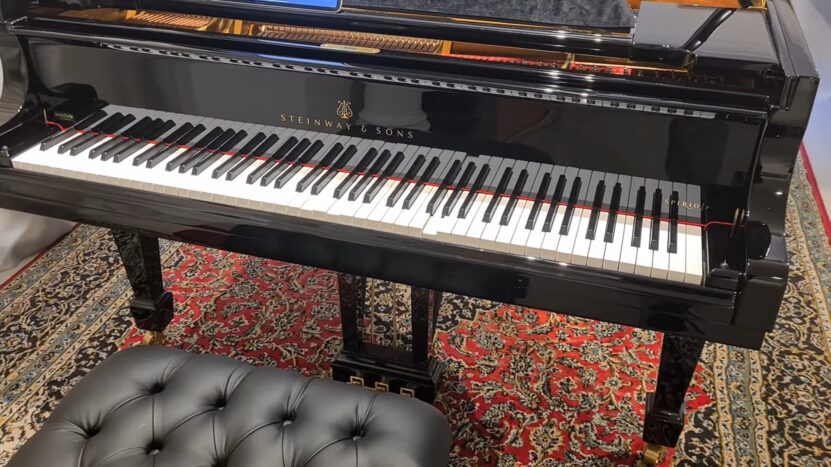
The piano we recognize today is the result of numerous enhancements in design and engineering, reflecting the changing needs of musicians and advances in technology.
Technological Advances
The industrial revolution brought new materials and manufacturing processes, allowing for stronger frames and more consistent production. Innovations like the iron frame and overstrung strings increased volume and sustain, making the piano suitable for large concert halls.
Standardization
As music became more complex, the need for a wider range and uniformity became apparent. The 88-key piano emerged as the standard, balancing range and playability. This layout has remained largely unchanged since the late 19th century, a testament to its practicality and musical adequacy.
Different Types
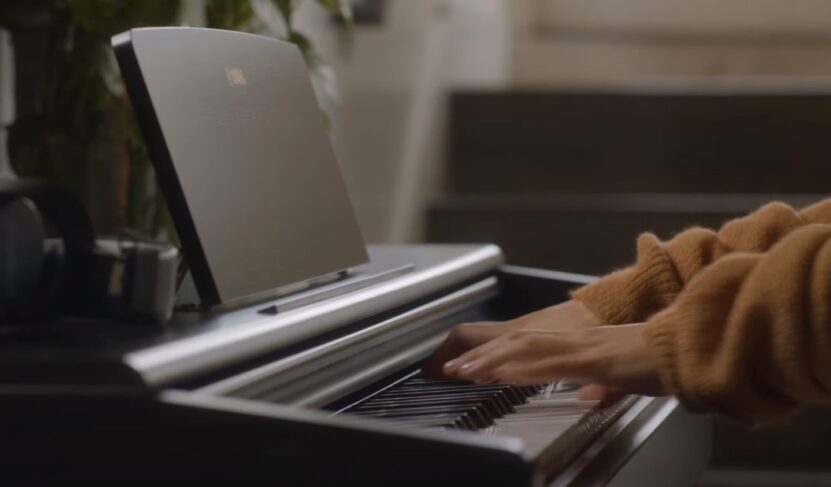
Pianos come in various shapes and sizes, each designed for specific needs and spaces. The number of keys can vary among these types to cater to different musical genres and player levels.
Grand and Upright Pianos
Grand pianos, with their horizontal soundboards, are the choice for professional performance, offering superior sound quality and responsiveness. Upright pianos save space by vertically aligning the strings and are common in homes and schools.
Digital and Specialty Pianos
Digital pianos provide a modern alternative, with varying key counts to suit beginners or space-conscious users. Specialty pianos, like those with extended ranges, cater to niche musical compositions or experimental works.
Most Common Model
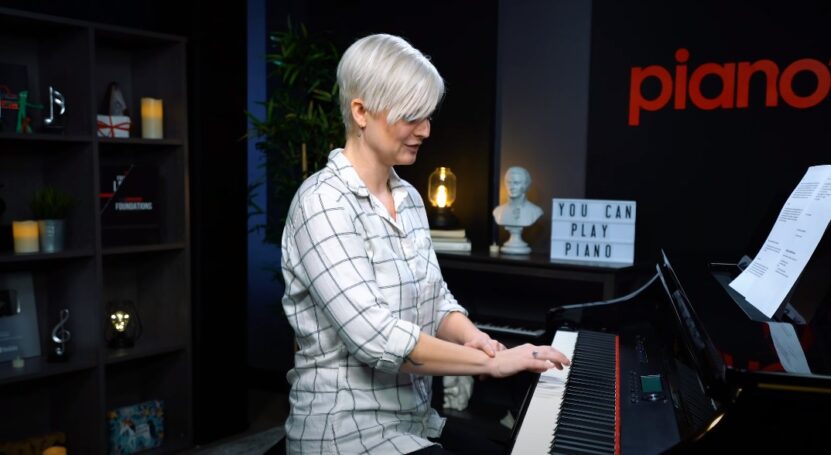
The 88-key piano is the most prevalent model found in homes, schools, and concert stages worldwide. Its design has been honed over centuries to meet the demands of both performers and composers.
The Ubiquity of 88 Keys
This model’s widespread adoption is due to its versatility, allowing for the performance of the vast majority of the piano repertoire. From classical masterpieces to modern compositions, the 88-key piano accommodates the full breadth of piano music.
Why 88 Keys is the Most Popular?
The balance between range and size makes the 88-key piano a practical choice. It provides enough octaves for complex musical passages while remaining a manageable size for personal and professional spaces.
How Can the Number of Keys Affect the Playing Style?
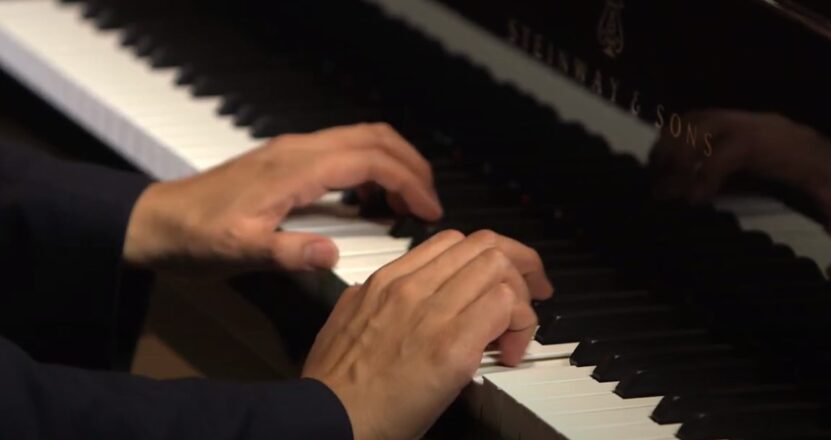
The span of a piano’s keyboard can significantly influence a pianist’s technique and the styles of music they can explore.
Impact on Technique
A wider range of keys allows for more expansive musical phrases and the use of complex harmonies. Pianists may develop a playing style that utilizes the full keyboard, incorporating rich bass notes and high melodies.
Stylistic Considerations
Certain musical styles, particularly classical and jazz, often require the full range of an 88-key piano. However, contemporary or experimental music might take advantage of extended keyboards, while beginners may start with fewer keys to focus on fundamental skills.
Tips to Start Learning
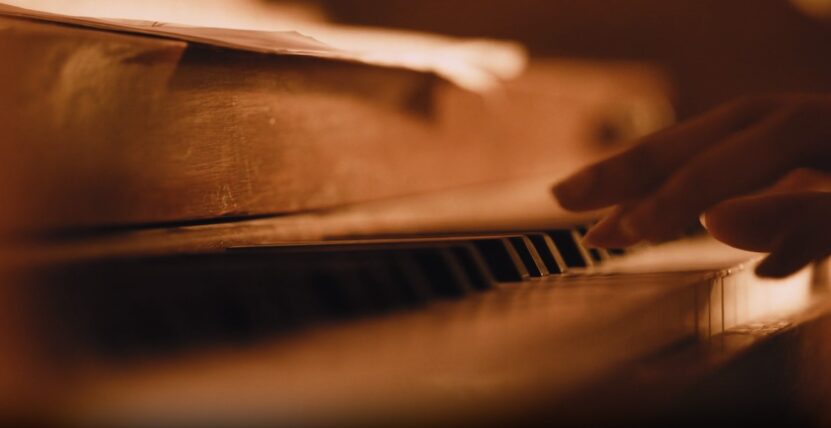
Embarking on the journey of learning the piano can be as daunting as it is exciting. Understanding the instrument and beginning with proper techniques is crucial for success.
Choose the Right Model
Selecting an appropriate instrument is the first significant step in your piano learning journey. Here are some points to consider:
- Budget and Space: Assess your budget and the space you have available. Acoustic pianos are ideal, but digital pianos can be more affordable and take up less space.
- Feel and Sound: If possible, try different pianos to find one that feels comfortable to you and has a sound that you enjoy.
- Long-Term Investment: Consider that a good quality piano is a long-term investment. A well-chosen piano can be a lifelong companion.
Establish a Practice Routine
Consistency is key when learning an instrument. Here are some tips for establishing a practice routine:
- Regular Practice: Aim for regular practice sessions, even if they are short. Consistency will lead to steady progress.
- Set Goals: Have clear, achievable goals for each practice session to maintain focus and motivation.
- Variety in Practice: Include a mix of scales, exercises, and pieces in your practice to keep it well-rounded.
Start With the Basics
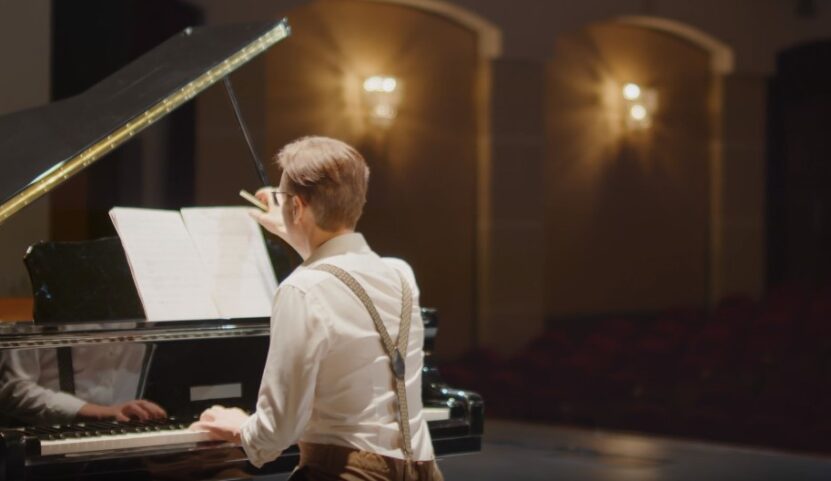
It takes time to learn playing an instrument. Skipping some parts will only make the process more difficult. Also, the best solution is to start getting lessons from a professional.
- Note Reading: Start with learning to read music. Understanding the notes on the staff and their corresponding keys on the piano is fundamental.
- Scales and Chords: Practice scales and chords to build dexterity and familiarity with the keyboard layout.
- Rhythm and Timing: Use a metronome to develop a sense of timing and rhythm. This will be crucial when playing pieces.
Develop Proper Technique
Good technique is crucial for playing the piano effectively and preventing injury. The following tips will help you maintain your focus while playing for a longer time.
- Posture: Sit at the piano with a straight back and relaxed shoulders. Your arms should be slightly bent at the elbows, and your feet flat on the floor or on the pedals.
- Hand Position: Keep your fingers curved and relaxed. Press the keys using the pads of your fingers with a gentle motion.
- Economy of Motion: Learn to play with the least amount of effort needed. Efficient movement will make playing easier and more fluid.
Play Around with Different Genres
The piano is incredibly versatile, and exploring different genres can enhance your playing style and enjoyment.
- Classical: Start with simple pieces by composers like Bach or Mozart to build a classical foundation.
- Jazz: If you’re interested in jazz, listen to greats like Oscar Peterson and try out some basic jazz rhythms and chords.
- Pop: Many pop songs have simple structures that are great for beginners. Learning these can be a fun way to practice chords and melody.
FAQs
How important is weighted action on a beginner’s keyboard?
Weighted action on a keyboard is quite important, especially if you plan to transition to an acoustic piano later. Weighted keys mimic the resistance of a traditional piano, providing a more realistic touch and helping to develop finger strength and control.
Can digital pianos effectively simulate the experience of playing an acoustic piano?
Modern digital pianos have made significant advancements in replicating the feel and sound of acoustic pianos. High-quality digital pianos offer weighted key action, touch sensitivity, and a range of sounds sampled from real acoustic pianos.
What is the minimum number of keys you recommend for composing music?
For composing music, a keyboard with at least 61 keys is recommended to allow for a broad range of notes and sufficient octave span. However, if you’re working with complex compositions that require a full range of pitches, an 88-key instrument would be ideal to ensure you have the full spectrum of notes available.
Are there any specific piano models that are better for ergonomic playing?
Ergonomics in piano playing is more about the adjustable aspects of the playing setup rather than specific models. Look for pianos or keyboards with adjustable stands and benches that allow you to maintain proper posture. That said, some digital pianos are designed with a more compact profile, which can be more comfortable for smaller spaces and players.
Conclusion
The piano’s design, particularly the number of keys, is a reflection of its storied history and the evolution of music itself. Whether it’s the standard 88 keys or a variant, each piano offers a unique avenue for musical expression.

